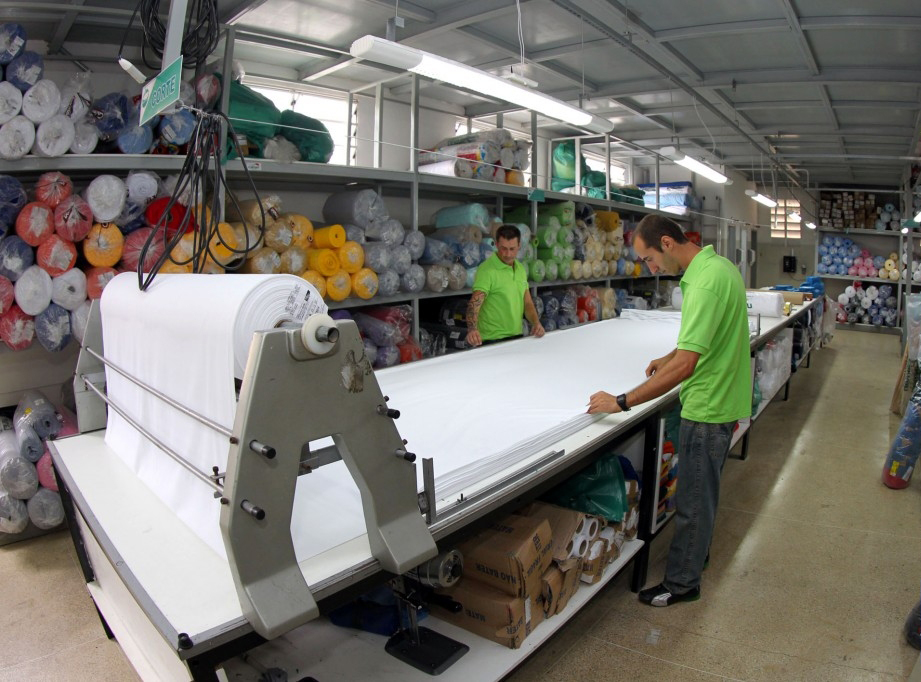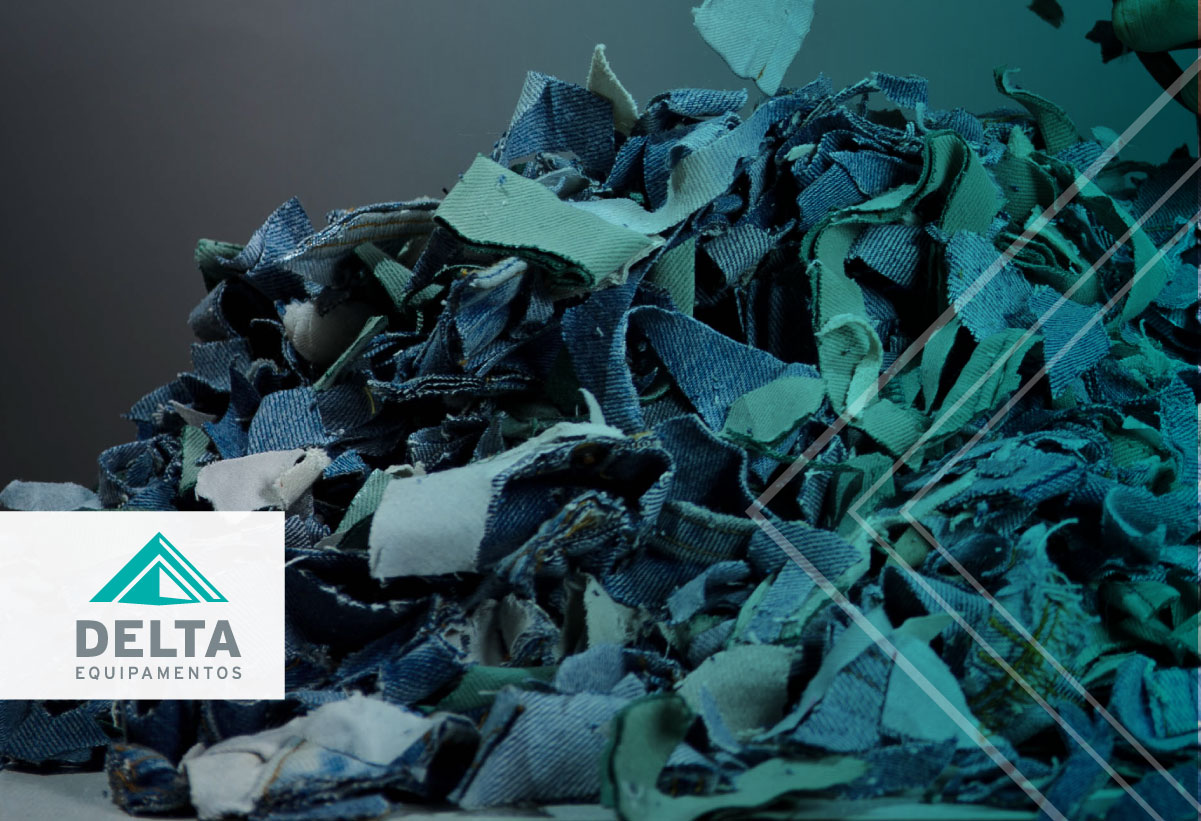In order to optimize their resources and ensure business profitability, many companies first think about cutting costs. However, before that, it is important to reduce or eliminate production waste.
In the context of the textile industry, production waste is when something in the manufactured item did not work out, that is, when an item is produced that does not present 100% quality and has unwanted variability.
This type of part is called second quality, which is offered at much lower prices due to the lack of conformity, which can generate a loss of revenue for the company.
In this article, better understand the issue of production waste in the textile industry. Follow along.
When does production waste occur?

As we have seen, the main case in the textile sector is when a piece is manufactured that does not comply with the stipulated standard. There are also other situations in which production waste can be present, such as:
- When excess stock is maintained.
- When inefficient production processes are adopted.
+ Find out more: O que é controle de qualidade?
Como funciona na indústria têxtil?
What is the cost of all this?
It can be said that the cost of production waste is one that would not exist for the company if the piece had been made perfectly the first time. It is, therefore, associated with production failures that result in rework and loss of productivity and quality in manufactured products.
Some companies, thinking they are saving money, refrain from investing in machinery and modernizing their management. This ultimately ends up generating, even indirectly, expenses that could be much higher.

From this, it can be observed that, contrary to what some people think, it’s not exactly quality that generates costs for the company; it’s non-quality, expressed by waste such as production waste, that can be costly, not benefiting the company.
In addition to the direct loss caused by rework involved in production waste. Your company also has indirect costs, such as lost time, team productivity and, perhaps, even customers – due to delays in deliveries caused by reordering.
+ Find out more: How to modernize quality control in manufacturing?
Practices to minimize waste
Staff education and training are essential in the process of reducing production waste. To achieve this, it is necessary to adopt an organizational culture based on following the established operational standard. Aimed at combating rework, continuous improvement and quality control.

Some important questions about the company’s productivity, quality control and efficiency can help in analyzing the generation of production waste, such as:
- How many rolls of fabric are inspected per day?
- Of every 100 rolls, how many are samples taken to measure weight?
- How many pieces could be made from this sample you are cutting?
- How much is your average ticket per piece?
- What is your mesh waste rate?
+ Find out more: Textile quality control and mesh preparation
As a strategic action, investing in a proofing machine is the best way to ensure the reduction of mesh waste. With this equipment, it is possible to make exact measurements, reviewing the quality of the fabric and the footage received.
It is also necessary to pay attention to the maintenance of machinery and systems to have more control over the processes. Although wear normally occurs in any manufacturing process. If regular maintenance is not performed, your company will waste a lot of time and money on seriously damaged equipment. Which could lead to parts being remade and, therefore, production waste.
And you, how much waste do you lose in textile production? Are you interested in investing in a proofer to reduce the amount of waste? Leave your message in the comments or contact the Delta team! To the next!

